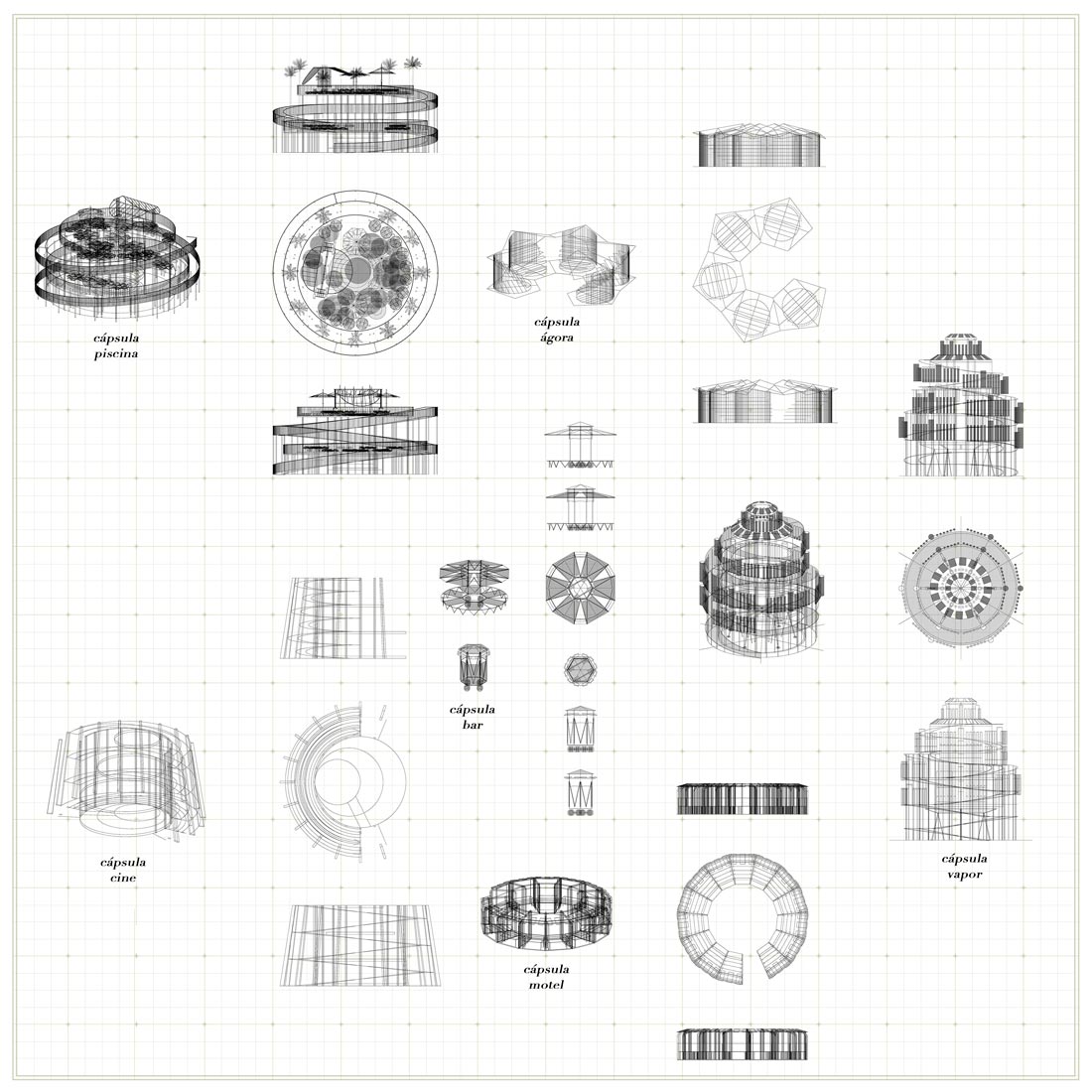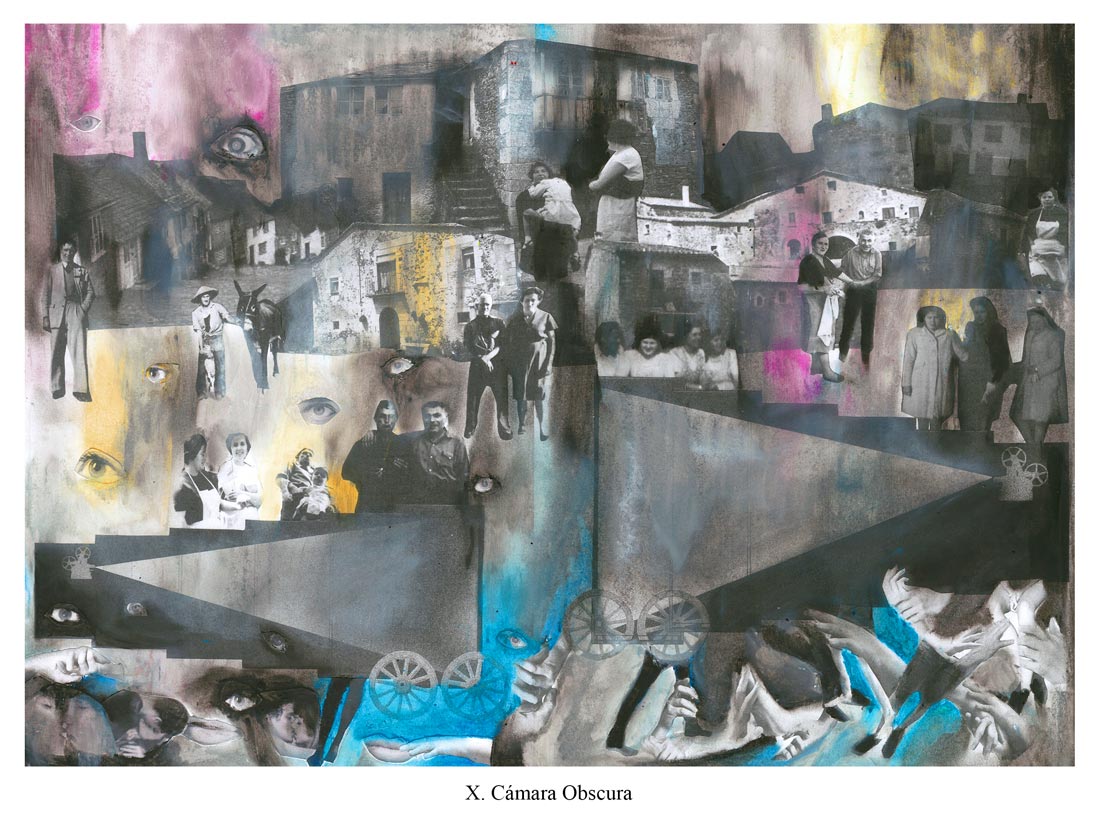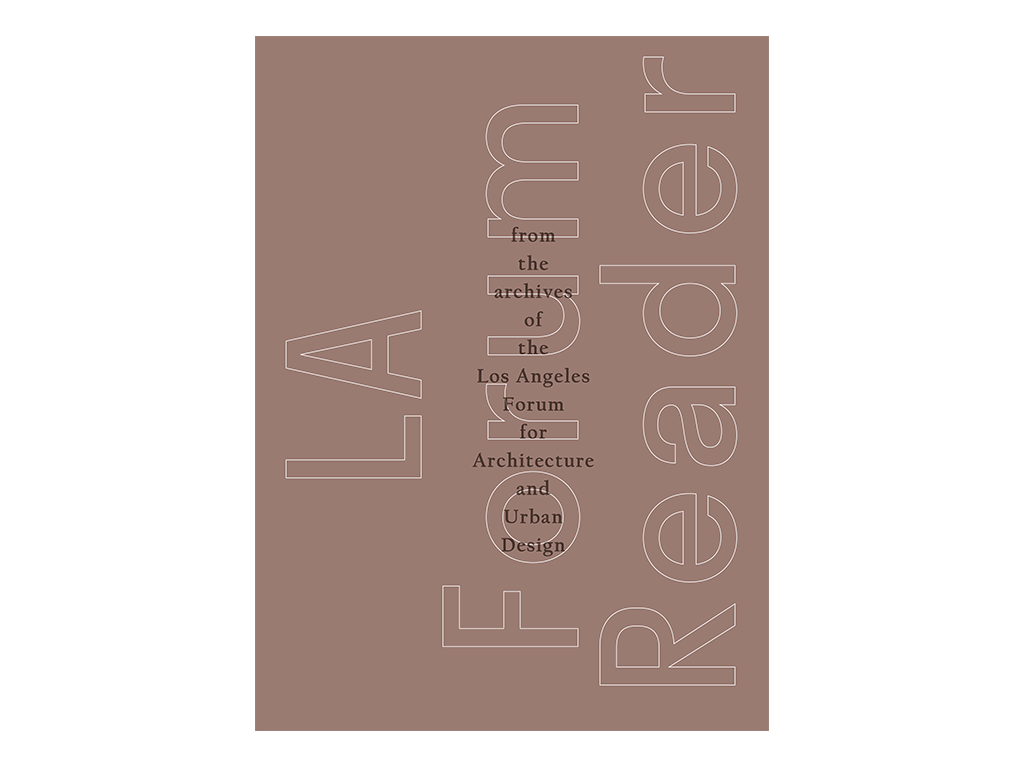The closet is the space where we can assert our true selves. It is the opposite of what we are expected to be in the public realm. It is in its interior where we save the masks we avail ourselves of in the outside world. It contains both our biological and socially produced material. Not only is it metaphorical but also a space that we always carry with us, and which is only open when the context permits it.
Everyone has their own kind of closet: bigger or smaller, permanent or transportable, more open or more closed. However, the content and use that everybody can make of their closet is determined by the spaces we go through throughout our lives. If such content is not accepted by the exterior spaces, maybe this closet will never dare to open and enable the affective realisation of its owner.
This project’s catalyst is formed by all those closets that endure and contrive a way to trawl through a space where they can open. It falls into two working areas: a fragmented cartography – contact with case study subjects and sites; and a propositional research – 10 material sceneries. Both working areas are simultaneous and still open to further discussion, liable to keep developing. They are both intended to articulate an Affective Ecology applied to architecture as a working method for criticism and the proposal of affective spaces.
The fragmented cartography consists of learning, discovering and assorting, whilst not unveiling, manifold human agents and miscellaneous technologies –techno-affective devices – that skirt the rules of certain spaces. Their strenuous efforts result in affective satisfactions that would not be accepted in the prevailing spatial and social context. These people, communities and technologies form an arena where affective issues can be debated and contested on a global and local scale, creating a package of knowledge that can be applied in architectural design. The main goal is to eschew the oppression of minorities and “outsiders” existing in whichever context we conduct research.
The series of techno-affective devices is centred on creating n sceneries, written in n chapters – at the moment and in this context, there will be 10 – with the aim of building a critical method against any kind of affected oppression linked to architecture. All proposals endeavour to empower the anti-normative “deviations” so as to achieve the sentimental and physical realisation of one or more human agents. 10 affective stories, 10 architectural proposals, 10 challenges against the normative, 10 vindications against control, 10 social debates, 10 queer spaces, 10 institutionalizations, 10 multi-performances, 10 freedom trials, 10 struggles for equality… We can label them in different ways.
We can also read each proposal either individually or linked with the others. Nevertheless, they all share the same objective: opening the closet.
1. Fragmented Cartography
7 Exercises towards an Affective Ecology:
· Exercise #01_Looking for an intersection between queer philosophy and architecture
In an attempt to establish a theoretical framework, four sections for research were determined:
I . From the periphery to science fiction: as an attitude that relies on fictional sceneries to envisage new ways of altering everyday reality.
II . The queer, from city to town: as a homonormative man, I tried to ascertain the affective shortcomings of the city where I grew up.
III . Endurance and survival: trying to eschew “privileged” settings in order to look for dissident landscapes.
IV . From homonormativity to sexual dissidence: the research is finally focused on working on the relationship between the queer and the architectural.
· Exercise #02_Case-study subjects and sites bearing on change. Interviews and field work.
Cruisers, meeting apps users, transsexuals, intersexuals, sauna users, sex workers, LGBTQ club owners, performers, BDSM followers… all contacts that duly help to fathom which practices, technologies and spatial mechanisms can lend themselves to attaining an utter real space: in other words, a space where a true affective exchange could take place.
· Exercise #03a_Registering the forbidden maps
Saunas are spaces rarely registered with pictures and plans for the wider public. The exercise consisted of assorting all the techno-affective technologies that were used in these spaces and their precise purposes.
· Exercise #03b_The Cruising Islands in Alicante, Spain
Whereas the sauna is a conditioned cruising space and commercially controlled, urban cruising is ostensibly extemporised – at any time, but only in certain urban spaces. The aim was to register the characteristics of these spaces and the rules and protocols to be followed by their users.
· Exercise #04_Can a meeting app possibly be an urbanistic tool?
Maybe next door we can find an unknown world, thanks to meeting apps. Although admittedly normative in multiple contexts, these apps can empower users to accomplish some anti-normative desires. In this way, there is no doubt that their study can usher in numerous urbanistic facts and interests.
· Exercise #05_Affective re-territorialisation. 10 + 1 case studies. Standardised affective spaces
10+1 spaces were selected as a result of the previously stated exercises (10 physical spaces + 1 virtual space) owing to the way in which they manage to stop being standardised, at one moment or another. The proximity of human bodies and the chemical, sonorous and light artificiality of a disco, the darkness and camouflage of a cinema, the acquisition of a private world in a motel room, the vulnerability of naked bodies during the bath ritual, the corporal freedom in the darkness of a micro-forest, specialised parties as a call for a specific community, the ambiguity and the multiperformance of virtual platforms… For the intended propositional research, recognising the resulting “mutations” or “intoxications” due to these festive programmes is of utmost importance.
· Exercise #06_Techno-affective devices. Six sceneries of sexual everyday nature
Any mechanism or technology used to produce an action that may tamper with a certain space or, by the same token, its perception, so as to attain an affective effect, is in the limelight for this research: ludic-chemical, light-sonorous, physiological, hydrothermal, spatial and corporal devices. All of them can get to the stage of changing the affective ethos of a specific setting. Therefore, and after labelling all these encountered devices, the propositional research is centred on reflecting on how to apply them in architectural design, while keeping them detached from standardised programmes.
· Exercise #07_Affective pills
The affective pills hypothesis is not a physical proposition itself. It stems from the thought of how existing buildings or landscapes could be intoxicated or perverted with specific spontaneous affective programmes, conveyed by an architectural rolling device. This may seem contradictory, since something spontaneous cannot be scheduled. However, the simple idea was quite thought-provoking and led to manifold proposals in the following chapters.
2. Techno-Affective Devices. 10 propositions:
· Chapter I: The double house. A double-bottomed closet
A dominatrix, beautician and cooking blogger is in need of moving to a new place. Her house will be her workplace at the same time, mixing the three performance types. Architectural design may bring all these arguably different spheres together.
· Chapter II: Bidirectional striptease. A specialisation of the masturbatory ceremony
Four walls, screens, Wi-Fi, loudspeakers, webcams, magazines, a table, a chair, MEP (mechanical, electrical, plumbing) conditioning and a specific light system are the elements that form the essential masturbatory device in the present-day communications era. Videoconferences with unknown people, chats at anytime, hasty “selfies”, videos and exchanged files from any corner of the globe. No wonder the screen may turn on in order to connect our private world with other apparently far-off worlds. How could all these necessities be satisfied with one precise device? Where would it lead?
· Chapter III: The swinger bed and the portable disco. Catalysts for alternative romanticisms
Five bed prototypes (beds or sofas with n sides, liable to be fragmented, turned around, conveyed and divided) and a portable disco (warm light, cold light, club spotlights, loudspeakers, Wi-Fi and catchment of sustainable energies) can be conveyed anywhere a swinger party is to be held. In a parking garage, in a warehouse or in a derelict building.
· Chapter IV: Peli-Kit: techno-chimney, sofa-bed and screen. The deterritorialised film
Something as innocent as “watching a film at home” is socially limited to private space. Thus, this poses this question: what about all those individuals who do not own that private space? Not having a place to “watch a film” is a problem in itself. On the one hand, due to the fact that this social common activity is enclosed by normative boundaries. On the other hand, because of the social exclusion of all those who cannot realise this affective activity.
· Chapter V: The Beddrome. The bed as a self-sufficient urban device
The Beddrome lends itself both to use as a mechanism for emergencies, such as for refugee camps or homeless peoples, and for public or private parties. It can be featured, reinterpreted and fragmented. It is a moving platform for sleeping, partying, resting and dwelling. It can stop at numerous places, ranging from public squares, parks, derelict plots, petrol stations, car-parks to anywhere where a truck could pull over.
· Chapter VI: Public motel. Borrowing an urban private room.
Why couldn’t a hotel, a cinema or a club be public? Affective necessities are not taken into account like education, health or economy. What is more, their underlying exclusion is fostered by multiple economic forces, resulting in a biased chance of opportunities for all human beings’ affective realisation. Why should a motel be a private company and not just another public facility?
· Chapter VII: Post-Tinder cooperative. Hacking the “bitchy” apps’ functionalism
A journey across diverse sexual performances. The romantic normative hut, the public bathroom, the hotel room, the BDSM dungeon, the park, the hothouse, the voyeur’s room, the exhibitionist’s room, the debauchery den, the cottage, the single’s apartment… are all places that, at one time or another, can turn into catalysts for manifold romanticisms and fascinations. This is what the Post-Tinder cooperative intends to bring together.
· Chapter VIII: Cyborg-Cruising. A conditioned garden
A place that could be seen as a space brimming with jeopardies, even more at night. A garden far away from the public eye, scrupulously hidden by trees and bushes. Although risky for some, it can also be releasing for others. So, why not contrive a way to duly condition these settings? Passing by beds and hothouses in the middle of the urban forest, both for resting and for socialising.
· Chapter IX: Water on wheels. Rolling facilities and the bath as nude policy
After traveling from one place to another, the time comes when all the “water trucks” meet up at a specific point of the city or the territory. Creating the beach for those who do not have one nearby. Conveying what we understand as a “public building” from one point to another and taking bodies’ clothes off in places where a bath would never take place publicly. A portable large-scale tecno-balneary, liable to be fragmented and modified.
· Chapter X: Camera Obscura. The multi-scale funnel
During Franco’s dictatorship in Spain, cinema was a clear space for sexual endurance. Unfortunately, it was not present in small towns. At that time, communal houses were the places where films were projected, without allowing the audience to enjoy the spatial benefits of darkness, sonorous camouflage and multi-height stands seating. These conditions were fundamental to attaining this sexual endurance. What if a portable cinema could have been transported from one town to another?





















